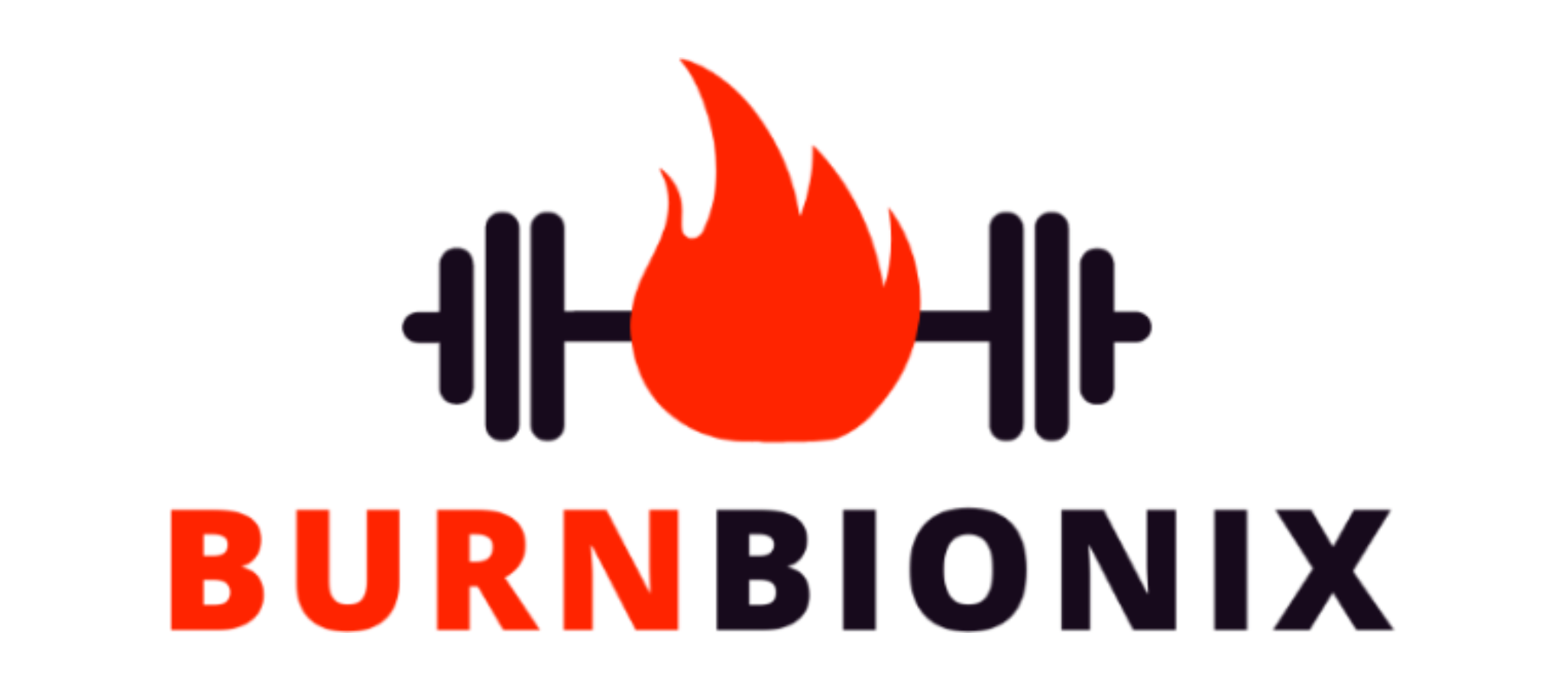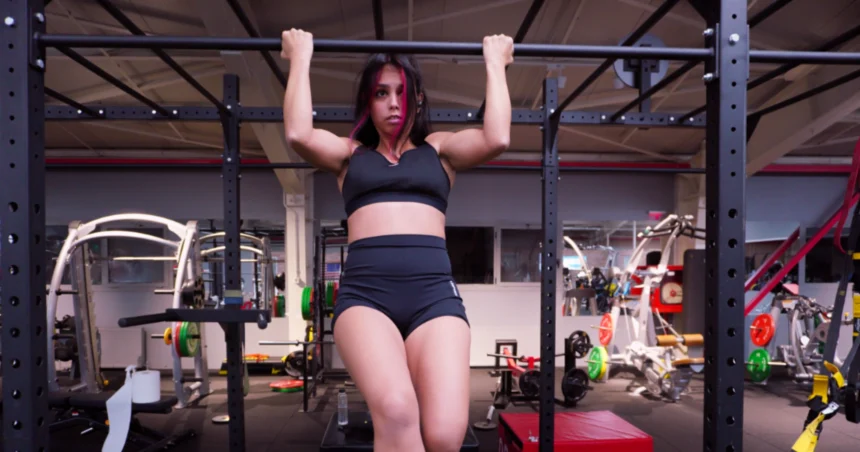Pull-ups are one of the best upper body exercises, yet are notoriously challenging for beginners. But with the proper step-by-step training program focused on technique and targeted strength building, your first pull-up is within reach. This article will break down the journey in an actionable way, from your first scapular pull-up to a full dead hang pull-up. By mastering pull-up progressions, engaging the right muscles, and building grip, back, arm and core strength consistently over time, you will develop the capacity to conquer this rewarding exercise. Follow these steps and you’ll be pumping out pull-ups in no time.
The Fundamentals
Why Pull-Ups?
Pull-ups are one of the best compound exercises for building strong and defined back, shoulder, and arm muscles. They engage multiple upper body muscle groups at once, including the latissimus dorsi, biceps, and rear deltoids. Mastering pull-ups requires development of both muscular strength and body control.
Essentials for Success
Achieving your first pull-up requires three key ingredients: consistency, targeted strength training, and patience. To build strength, it is essential to train pull-ups and related exercises at least 2-3 times per week, allowing rest days in between for muscles to recover. Complement your pull-up training with grip-strengthening exercises like dead hangs and compounds moves like bent-over rows that engage the back and arms. Proper form is crucial – keep your shoulders engaged and core tight. Lastly, allow time and don’t get discouraged. Gaining strength is a gradual process, but if you stick to the training principles and practice regularly, you will be pumping out pull-ups before you know it.
Getting Started: Variations
Introduction to Variations
Before diving straight into the conventional pull-up, it’s wise to familiarize oneself with its variations. These modifications act as stepping stones, bridging the gap between inexperience and mastery. Starting with simpler forms not only builds strength but also refines technique, ensuring you’re primed for the classic pull-up when the time comes.
Scapular Pull-Ups
Scapular pull-ups are pivotal in strengthening the foundational muscles involved in a pull-up. By focusing on the scapula or shoulder blades, this exercise helps in enhancing stability. As you hang from the bar, the goal is to squeeze the shoulder blades together without bending your arms. Think of it as a “shrug” but in reverse. It’s subtle but incredibly effective for building that critical back strength.
Negative Pull-Ups
Ever thought about focusing on the descent? Negative pull-ups do just that. Start at the topmost position of a pull-up, and then slowly lower yourself down. This eccentric movement allows you to control and harness the force of gravity, developing strength more rapidly. Embracing the negative can indeed lead to positive results!
Assisted Pull-Ups
For those still building their upper body strength, assisted pull-ups are a godsend. Using resistance bands or an assisted pull-up machine, this variation offsets some of your body weight, making the upward movement more achievable. As your strength increases, you can decrease the assistance until you’re lifting your entire body weight on your own.
Incorporating These Variations
Consistency remains key. While it’s beneficial to incorporate these variations into your regimen, the magic truly happens when practiced regularly. Rotate between these exercises, ensuring that each session pushes you a step closer to achieving that flawless pull-up. With dedication and perseverance, it won’t be long before you’re hoisting yourself up with sheer power and confidence.
Strengthening Exercises
Intro to Strengthening Exercises
While variations of the pull-up significantly enhance your capability, the key to unlocking your full potential lies in complementary strengthening exercises. These workouts don’t just target the same muscles as pull-ups, but they also fortify other supporting muscles, ensuring you have a holistic strength base. Let’s dive deeper into these power-packed exercises.
Grip Strength Exercises
The foundation of a solid pull-up often starts with the grip.
- Dead Hangs: The simplicity of a dead hang belies its effectiveness. Simply grasp the pull-up bar and hang for as long as possible. It’s not just an excellent test of grip strength, but it also conditions the fingers, hands, and forearms, preparing them for the pull-up’s strain.
- Farmer’s Walks: Hold heavy dumbbells or kettlebells in each hand and walk. It sounds easy, but the longer you walk, the more you’ll feel your grip being challenged. This exercise mimics the functional strength requirements of day-to-day tasks.
Back and Arm Strength Exercises
Your arms and back are the primary drivers in a pull-up. Strengthening them is non-negotiable.
- Bent Over Rows: Using dumbbells or a barbell, this exercise targets the lats, rhomboids, and traps – crucial muscles for pull-ups. Ensure a tight core and pull the weight towards your lower rib cage.
- Lat Pulldowns: An excellent precursor to the pull-up. Using a cable machine, pull the bar down while focusing on squeezing the shoulder blades together.
- Barbell Curls: While pull-ups are primarily a back exercise, having strong biceps can be a significant advantage. Barbell curls are perfect for this, ensuring your arms are ready for the task.
Form Focus Exercises
Technique is the bridge between strength and mastery. It’s not just about muscle; it’s about moving correctly.
- Engaging the shoulders ensures stability. Think of pinching a pencil between your shoulder blades during pull-ups. This not only provides strength but protects from potential injuries.
- The core isn’t just for crunches. Engaging it during pull-ups offers a stable base, making the move more efficient and robust. Practicing planks can help condition the core for this very purpose.
Consistent Practice and Patience
Importance of Regular Practice
Achieving your first pull-up requires dedication through consistent practice. To see progress, it is essential to train pull-ups and complementary exercises at least 2-3 times per week. Allow at least 48 hours between sessions for muscles to recover and become stronger. Vary your grips and hand placement to hit back muscles from different angles. Listen to your body and take a rest day when needed. With regular practice, you’ll progressively overload the required muscle groups and build strength over time.
Patience is Key
Building the strength for your first pull-up takes time and commitment. Some may achieve it faster than others depending on their starting fitness level. But don’t get discouraged! Remind yourself that with each rep of scapular pull-ups, dead hangs, rows, and assisted pull-ups, you are gradually getting closer to your goal. Celebrate small wins like holding a dead hang for 5 seconds longer or reducing band assistance during pull-ups. With consistent, patient practice, the day will come when you’ll be able to perform that first pull-up! Enjoy the rewarding feeling of accomplishment and use it as motivation to continue mastering this challenging exercise.
Final Thoughts and Next Steps
Throughout this article, we broke down the journey to achieving your first pull-up into actionable steps. These include mastering preparatory exercises like scapular retractions, negative pull-ups, and assisted variations to build strength.
Targeted moves for grip, back, arms, and core also facilitate progression. However, the most crucial factors are dedication through consistent practice 2-3x per week, proper form, and patience as you incrementally develop the muscles required for pull-ups.
With a focused, step-by-step training approach and commitment to the process, that first strict pull-up will transition from goal to reality. You now have all the tools needed to conquer this rewarding exercise. All that remains is your commitment to consistent practice.
Stay positive through every rep, celebrate small wins, and enjoy the feeling of accomplishment once that first pull-up is achieved!









